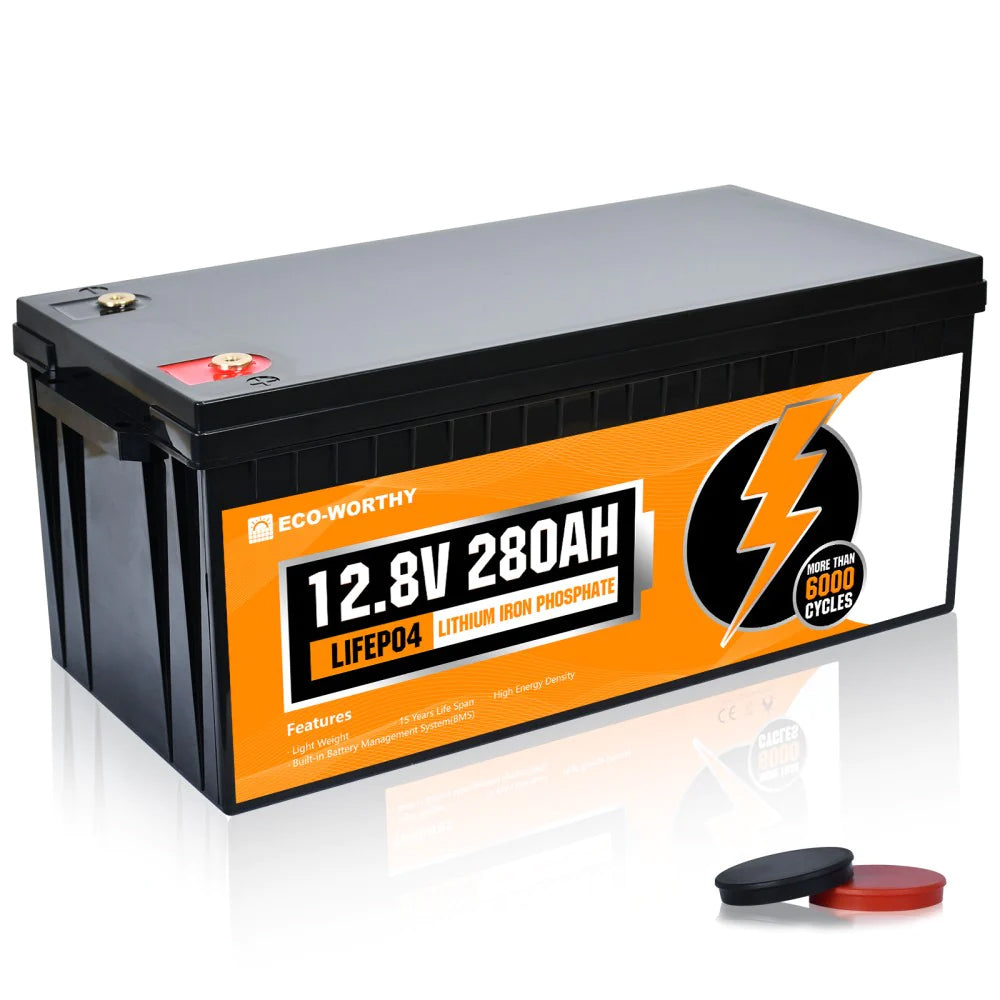The Evolution of Lithium Ion Batteries: From Inception to Innovation
Body
The lithium ion battery has revolutionised the way we store and use energy. Since its inception in the 1980s, this technology has undergone significant advancements, making it a cornerstone of modern electronics and electric vehicles. But what exactly has driven this evolution? In this article, we will explore the journey of lithium ion batteries, their applications, and the innovations that continue to shape their future.

Understanding the Lithium Ion Battery
A lithium ion battery operates on the principle of lithium ions moving between the anode and cathode during charging and discharging. This movement allows for the efficient storage of energy, making these batteries lighter and more powerful than their predecessors. The key components include:
- Anode: Typically made from graphite, it stores lithium ions during charging.
- Cathode: Often composed of lithium metal oxides, it releases lithium ions during discharge.
- Electrolyte: A lithium salt solution that facilitates ion movement.
These components work together to provide a high energy density, which is crucial for portable electronics and electric vehicles.
Applications of Lithium Ion Batteries
The versatility of lithium ion batteries has led to their widespread adoption across various sectors. Some notable applications include:
- Consumer Electronics: Smartphones, laptops, and tablets rely heavily on lithium ion batteries for their compact size and long-lasting power.
- Electric Vehicles (EVs): The automotive industry has embraced this technology, with many manufacturers transitioning to electric models.
- Renewable Energy Storage: Lithium ion batteries play a crucial role in storing energy generated from solar and wind sources, enabling a more sustainable energy grid.
As these applications expand, the demand for efficient and reliable lithium ion batteries continues to grow.
Innovations in Lithium Ion Battery Technology
Innovation is at the heart of the evolution of lithium ion batteries. Researchers are continually exploring ways to enhance performance, safety, and sustainability. Some promising advancements include:
- Solid-State Batteries: These batteries replace the liquid electrolyte with a solid one, potentially increasing energy density and safety.
- Recycling Technologies: As the demand for lithium ion batteries rises, so does the need for effective recycling methods to recover valuable materials.
- Fast Charging Solutions: New technologies are being developed to reduce charging times significantly, making electric vehicles more convenient.
These innovations not only improve the functionality of lithium ion batteries but also contribute to a more sustainable future.
Conclusion: The Future of Lithium Ion Batteries
The journey of the lithium ion battery is far from over. As we continue to innovate and adapt, the potential for these batteries is immense. Whether it's enhancing the performance of consumer electronics or enabling the widespread adoption of electric vehicles, the future looks bright. For those interested in exploring high-quality lithium batteries, consider visiting  for a range of options that meet your energy needs.
for a range of options that meet your energy needs.






Comments